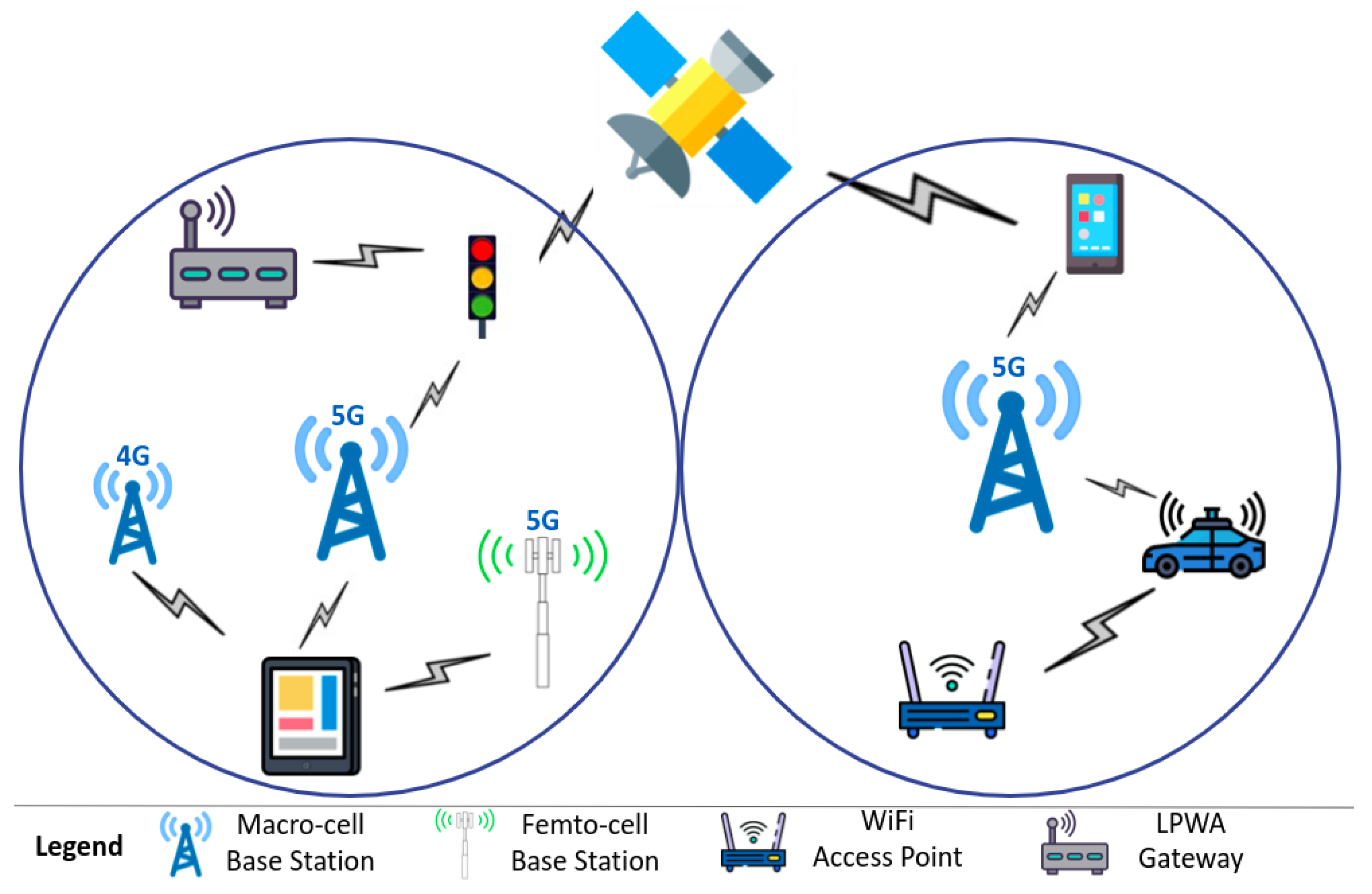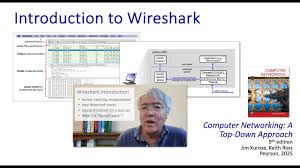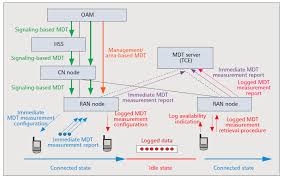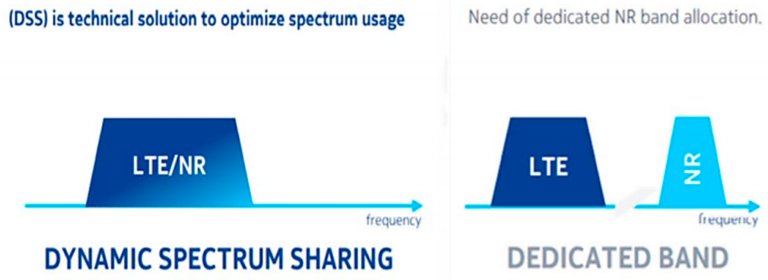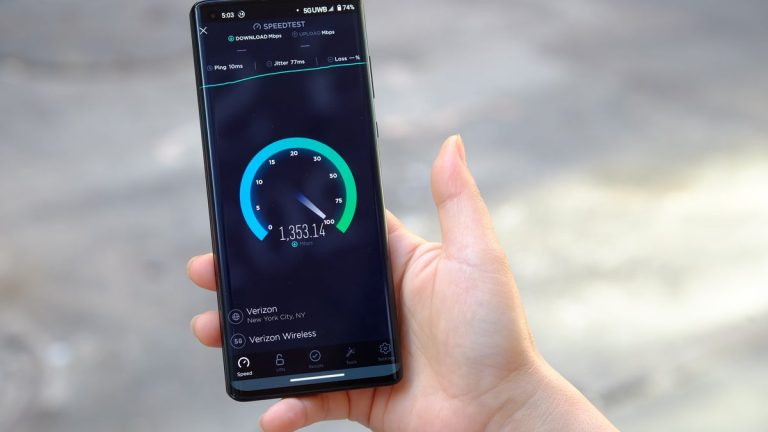Types of 5G NR Base Stations: A Comprehensive Overview
telcomatraining.com – As 5G technology continues to revolutionize the telecommunications industry, different types of 5G New Radio (NR) base stations have emerged to support various deployment scenarios. Understanding these base stations is crucial for network planners, engineers, and businesses looking to optimize connectivity. This article provides a detailed overview of the different types of 5G NR base stations and their functionalities.
1. Macro Cells
Macro cells are the backbone of 5G networks, designed to provide extensive coverage and high-capacity data transmission. These base stations are typically mounted on tall towers or rooftops, covering several kilometers in urban, suburban, and rural areas.
Features of Macro Cells:
- High transmission power (typically above 20W)
- Large coverage area (up to several kilometers)
- Supports a high number of users
- Ideal for outdoor deployments and broad coverage
Macro cells are essential for ensuring seamless connectivity and mobility, particularly in densely populated areas where high user demand exists.
2. Small Cells
Small cells are compact base stations designed to improve network capacity and coverage in areas with high data traffic. They operate at lower power levels than macro cells and are usually deployed in urban centers, stadiums, shopping malls, and office buildings.
Types of Small Cells:
- Micro Cells: Cover a few hundred meters and support medium user density.
- Pico Cells: Have a smaller coverage range (around 200 meters) and are ideal for indoor environments.
- Femto Cells: Designed for residential or small office use, providing coverage for a limited number of users.
Benefits of Small Cells:
- Enhances network capacity and speed
- Reduces congestion in high-traffic areas
- Provides better indoor coverage
3. Distributed Antenna Systems (DAS)
DAS is a network of spatially separated antenna nodes connected to a common source. It is used to enhance indoor and outdoor coverage, particularly in large buildings, tunnels, airports, and stadiums.
Key Characteristics of DAS:
- Consists of multiple antennas to distribute signals efficiently
- Provides seamless connectivity in hard-to-reach areas
- Reduces interference and enhances signal strength
- Supports multiple operators and frequencies
DAS is particularly beneficial for locations where traditional base stations may struggle to provide adequate coverage due to structural interference.
4. mmWave Base Stations
Millimeter Wave (mmWave) base stations operate at extremely high frequencies (24 GHz and above), providing ultra-fast data speeds and low latency. These base stations are crucial for applications requiring high bandwidth, such as augmented reality (AR), virtual reality (VR), and autonomous vehicles.
Advantages of mmWave Base Stations:
- Delivers gigabit-level speeds
- Low latency (ideal for mission-critical applications)
- Supports ultra-dense networks
However, mmWave signals have a shorter range and can be obstructed by physical barriers like walls and trees. Therefore, they are primarily deployed in dense urban areas where high-speed connectivity is essential.
5. Massive MIMO Base Stations
Massive Multiple Input Multiple Output (MIMO) base stations utilize a large number of antennas to improve spectral efficiency and increase network capacity. These base stations are crucial for handling high user demand in crowded environments.
Features of Massive MIMO:
- Uses beamforming to enhance signal strength
- Supports multiple users simultaneously
- Increases spectral efficiency
- Enhances network reliability and performance
Massive MIMO plays a vital role in enabling seamless 5G connectivity by optimizing the use of available spectrum and reducing interference.
Conclusion
The evolution of 5G NR base stations has paved the way for enhanced connectivity, higher data speeds, and improved network efficiency. Each type of base station serves a specific purpose, from broad coverage with macro cells to ultra-fast speeds with mmWave technology. Understanding these base stations helps network operators and businesses optimize 5G deployment strategies to meet diverse connectivity needs.
As 5G continues to evolve, advancements in base station technology will further enhance wireless communication, ensuring a more connected and efficient digital future.

